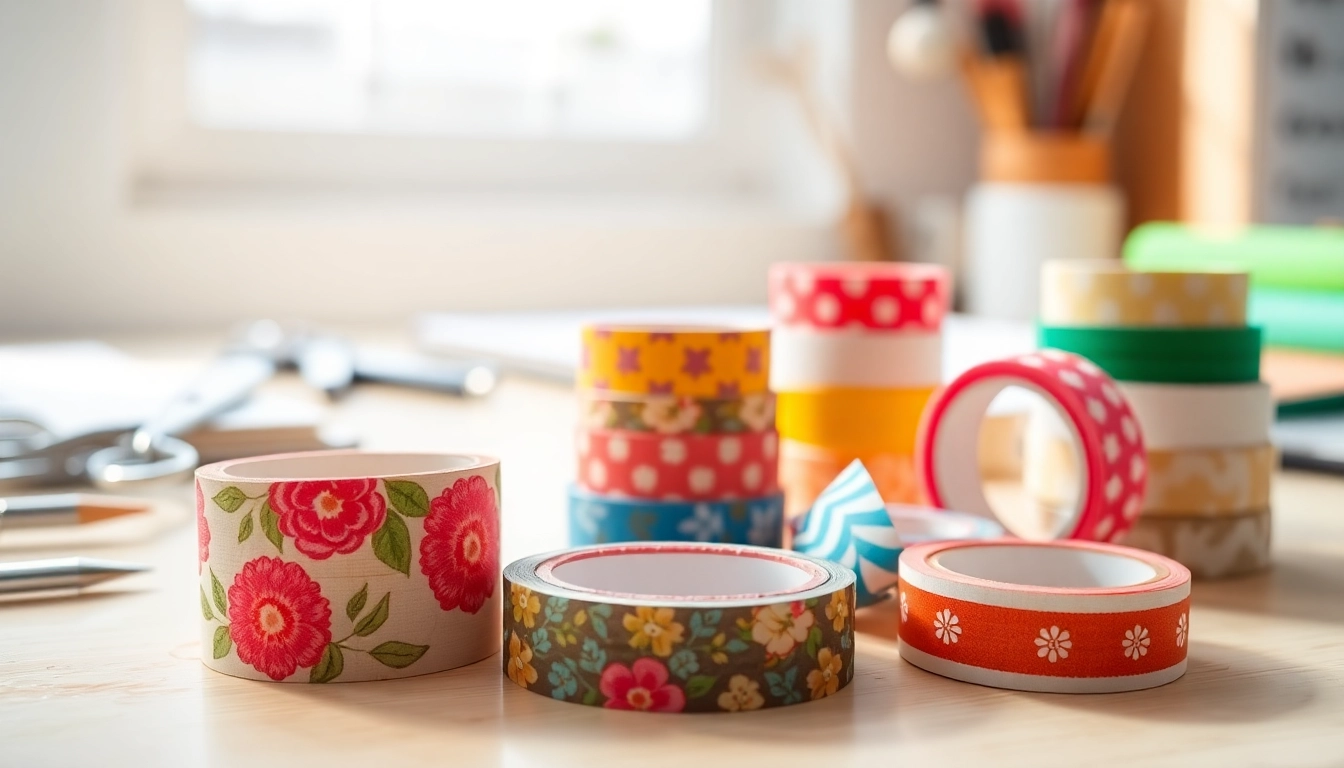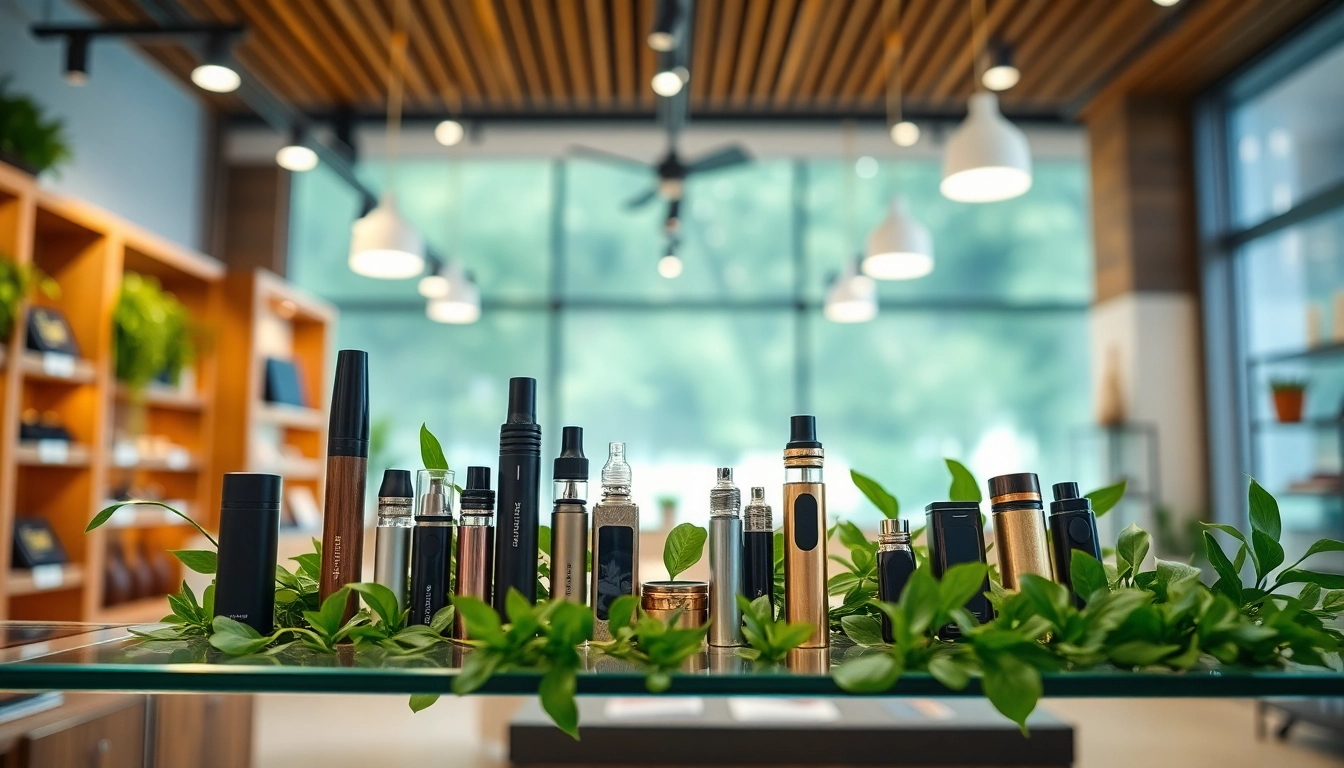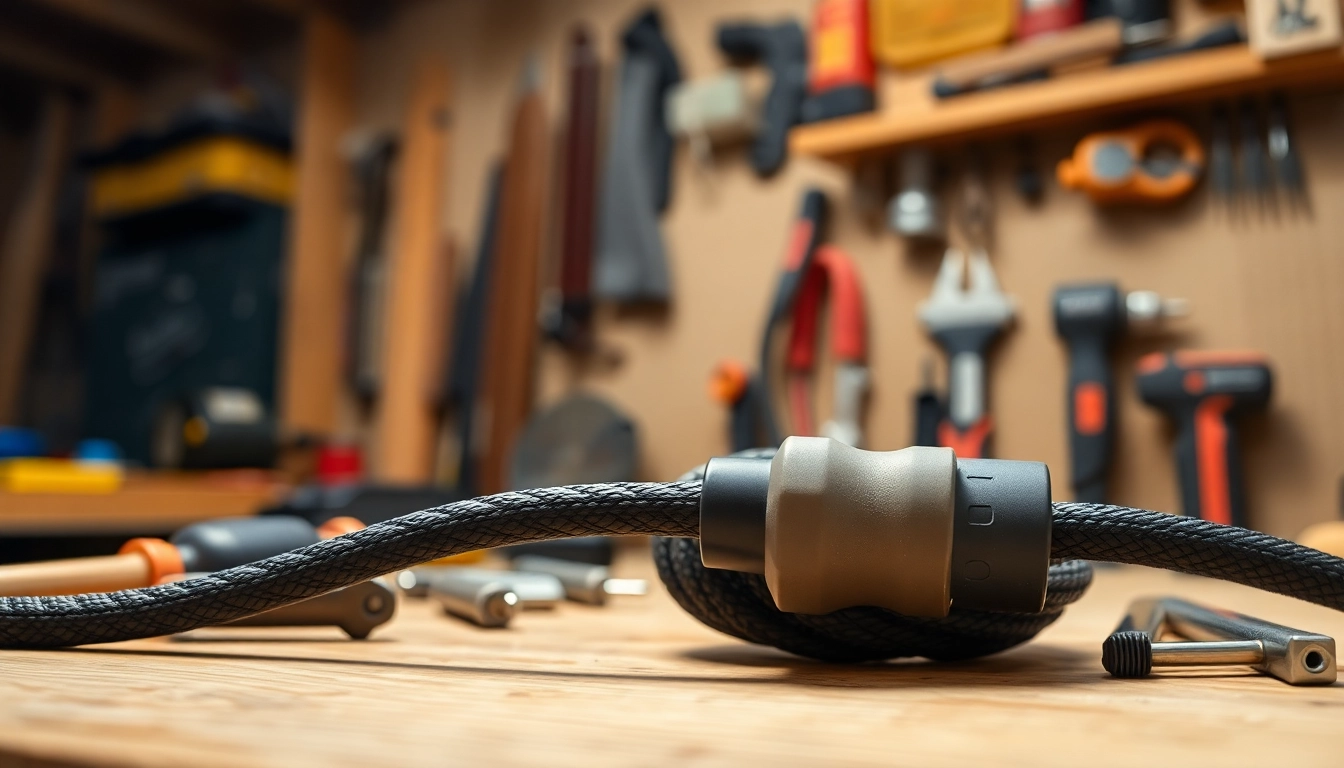Understanding Custom Washi Tape
What is Custom Washi Tape?
Custom washi tape is a decorative adhesive tape made from traditional Japanese paper, known for its durability and versatility. Unlike standard masking tape, washi tape is thin, easy to tear, and often features unique patterns or prints, making it ideal for a variety of uses. This customizable tape allows individuals or businesses to add personalized designs, logos, and colors, offering an exceptional way to convey brand identity or individual style.
The Benefits of Personalized Washi Tape
There are numerous advantages to using custom washi tape. First and foremost, its aesthetic appeal can elevate any project, whether for personal crafting or professional marketing. Personalized washi tape can enhance product packaging, making it more visually appealing and likely to catch a customer’s eye. Furthermore, custom designs can foster brand loyalty by creating a memorable image that resonates with customers.
Additionally, washi tape is eco-friendly, as it is often made from organic materials such as rice paper. This environmental aspect not only attracts environmentally conscious consumers but also aligns with sustainable practices, which are becoming increasingly important in the market.
Common Uses of Custom Washi Tape
Custom washi tape is incredibly versatile, finding its place in various contexts including:
- Branding and Packaging: Businesses can use custom washi tape to reinforce brand identity, creating a distinctive packaging experience.
- Crafting and Scrapbooking: Crafters utilize washi tape for scrapbooking, journaling, and DIY projects, enhancing visual interest.
- Gifting: Custom designs add a personal touch to gifts, making them feel more special.
- Event Decorations: Whether it’s a wedding, birthday, or corporate event, washi tape can be used creatively in decorations.
Designing Your Custom Washi Tape
Choosing the Right Material and Adhesive
When it comes to designing custom washi tape, selecting the appropriate material and adhesive is crucial. Traditional washi tape is made from rice paper, which provides a delicate yet durable option. However, there are alternatives available such as vinyl or plastic-based materials, each with their unique properties. It is also important to consider the adhesive used; a strong but removable adhesive will offer the best user experience, allowing customers to reposition the tape without damaging surfaces.
Incorporating Unique Patterns and Colors
The visual design of washi tape plays a significant role in its appeal. When creating custom designs, consider incorporating brand colors or thematic elements that reflect your identity or the occasion you are celebrating. Patterns can range from simple geometrics to intricate illustrations, catering to various target audiences. Experimentation is key in this stage; color palettes can evoke different emotions, so choose wisely to ensure your message resonates.
Tips for Effective Design Layout
A well-thought-out design layout can make all the difference. Here are some tips to ensure your custom washi tape stands out:
- Scale and Repeat: Ensure that patterns are scaled appropriately for the size of the tape and look good when repeated.
- Contrast: Utilize colors that contrast well to enhance visibility and attractiveness.
- Test Designs: Before finalizing, always print samples to see how designs translate onto the actual tape.
Ordering Your Custom Washi Tape
Finding Reputable Manufacturers
Once your design is ready, the next step is to find suitable manufacturers who can produce your custom washi tape. Research companies known for their quality product lines and positive customer reviews. Websites, social media platforms, and direct recommendations from other creators can also be useful resources in identifying reputable sources.
Understanding Minimum Order Quantities
Many manufacturers have minimum order quantities (MOQ) that must be adhered to. MOQs can vary widely, from as few as 10 rolls to many hundreds. Ensure you understand these requirements fully to budget your project accordingly. Starting with a smaller order may be wise if you’re testing the market or trying out new designs.
Budgeting for Your Custom Washi Tape Project
Creating custom washi tape can be an investment, so it’s essential to establish a clear budget. Consider all costs involved, including design development, manufacturing, and shipping fees. Additionally, factor in costs for marketing and distribution, especially if purchasing for commercial purposes.
Marketing Your Custom Washi Tape
Packaging Ideas to Enhance Appeal
Effective packaging can significantly impact the success of your washi tape. Ensure the packaging complements the tape’s design while providing practical benefits like protection during transit. Eco-friendly packaging options can further enhance appeal, attracting individuals who prioritize sustainability.
Using Social Media for Promotion
Social media platforms are powerful tools for marketing. Share images of your creations, engage with audiences, and even run contests where customers submit their designs or uses for the tape. Behind-the-scenes content can also humanize your brand, creating a stronger connection with customers.
Engaging with Your Customer Base
Building a loyal customer base starts with engagement. Regularly seek feedback and actively involve your customers in the creative process, such as allowing them to suggest designs or vote on new products. Positive engagement fosters a community around your brand, encouraging repeat business.
Measuring the Success of Your Custom Washi Tape
Tracking Sales and Customer Feedback
To gauge the success of your custom washi tape, tracking sales data is fundamental. Analyzing sales trends can provide insight into what designs or marketing strategies are working. Furthermore, collecting customer feedback through surveys and direct communication can highlight areas for improvement or new opportunities.
Reassessing Designs Based on Trends
Design trends evolve, and staying ahead is critical. Regularly assess what is trending in the market, whether through online research or social media. This vigilance allows you to pivot and adapt designs according to consumer preferences while continuing to capture their interest.
Implementing A/B Testing for New Designs
Testing new designs through A/B testing can provide significant insights into customer preferences. Offer two different designs of the same product to a controlled audience and compare the results. This approach will inform future production decisions and help you refine your offerings based on data.



